The Sony a7R V is the newest camera in Sony’s high-resolution lineup. The successor of the Sony a7R mark IV, this camera aims to deliver the same high resolution with an onslaught of upgrades. This article will walk you through the ten main differences compared to the a7R IV.
A7R IV and A7R IVA
The original A7R IV has been discontinued and replaced by the A7R IVA. The changes are small. The most noticeable difference is the higher resolution of the LCD screen (2.36M vs 1.44M dots on the original). Please note that throughout this article, we refer to the A7R IVA model, even if the ‘A’ letter is not specified.
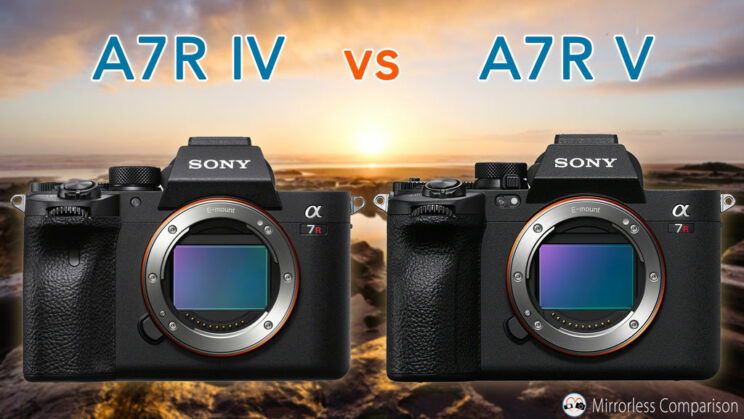
1. Sensor Technology and Image Processor
When you first cast your eye over the Sony a7R V information, you may notice the familiar 61MP output from the image sensor. However, don’t be fooled by the same spec as the previous Sony a7R IV. The newer camera has two new features which enhance the processing power, performance and autofocus output.
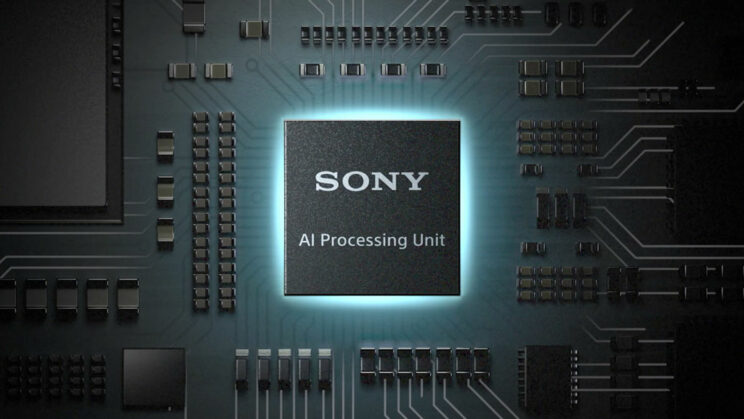
Under the hood, you’ll find a new BIONZ XR processing engine, which increases the processing speed by eight times, and a new AI processing unit that uncovers additional features, which include:
- Best resolution performance on any Sony Alpha camera at lower sensitivity.*
- More RAW image file-saving options.
- Up to 8-steps of image stabilisation compensation based on a CIPA standard.
- Advanced subject autofocus recognition.
- AI assisted White Balance with the help of a dedicated Visible Light and IR sensor
- Pixel Shift Multi Shoot mode with motion compensation that automatically responds to changing conditions (the images need to be composite via computer with the Imaging Edge Software)
*Note: on the point of resolution performance, Sony states that the Bionz XR processor can use the full extent of the sensor output better than the previous model, but the company doesn’t go into details to explain this further. We’ll wait for some side by side comparison to see exactly what does this means in real world shooting.
The ISO remains the same, with a normal 100-32,000 range and an extended 50-102,400 equivalent range.
2. Resolution Options
When recording images at 61MP, storage comes at a premium. Previously on the Sony a7R IV, users only had two RAW options to select with the aid of large UHS-II compatible SDXC memory cards.
The Sony a7R V further expands on RAW compression; in addition to uncompressed and compressed RAW, users can now select Lossless Compression RAW.
As shown in the table below, you can reduce up to 50% of your file storage by changing to Lossless Compression while retaining optimal image quality.
| RAW | Uncompressed | Lossless Compressed | Compressed |
|---|---|---|---|
| Image Quality | Best | Best | Good |
| File Size | 100% | Approx. 50-80% | Approx. 50% |
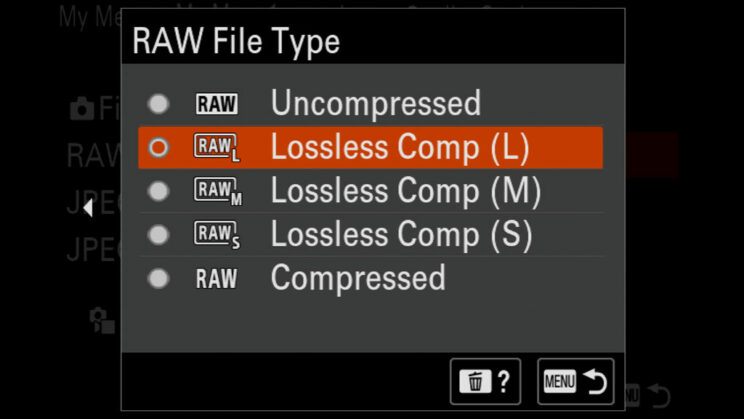
What’s more, there are three different sizes available when selecting the Lossless Compress option (they are the same for JPEGs):
- Large: 61MP (9504×6336 pixels)
- Medium: 26M (6240×4160 pixels)
- Small: 15M (4752×3168 pixels)
Note that this is not a sensor crop: the field of view remains the same. The camera uses the whole 61MP to capture the photo, then downsize the resolution before saving the file to the memory card. It goes without saying that the Medium and Small setting will save further space on your card.
3. AI Autofocus
One of the many strains for photographers and filmmakers is the camera’s autofocus ability. The Sony a7R V’s new generation AI-based Processing Unit addresses this issue by improving two main autofocus functions; Subject Recognition AF and Advanced Fast Hybrid AF.
One of the hardware improvements that attributes to these changes is the increase in Phase-Detection Focal Plane Autofocus points from 567 on the a7R IV to 693 on the a7R V, making autofocus a breeze when detecting a variety of subjects.
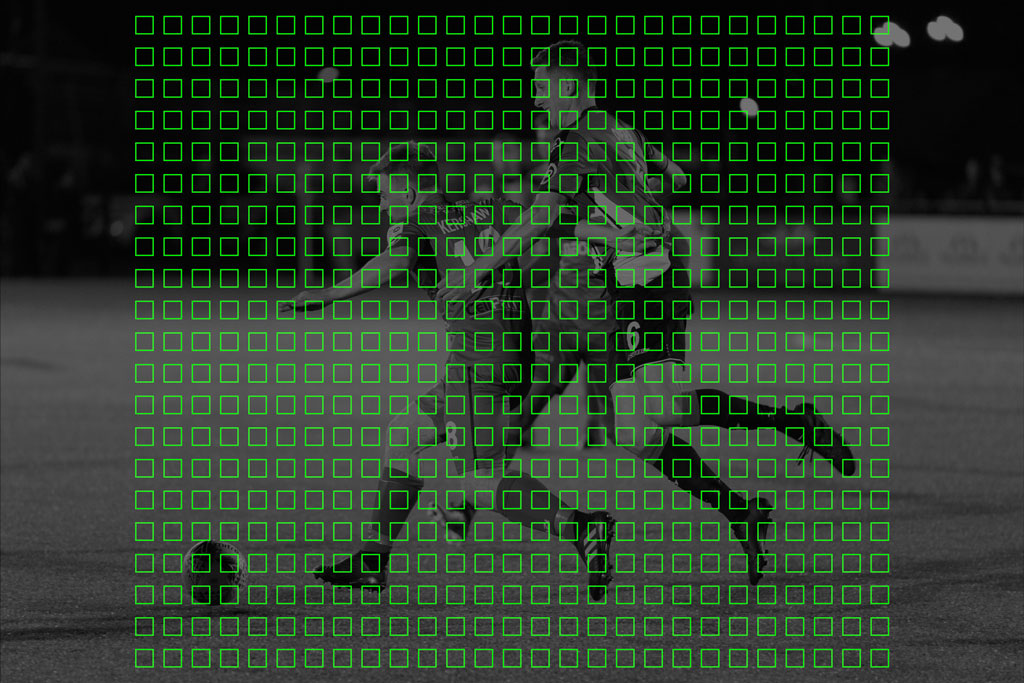
(99% vertical coverage, 74% horizontal)
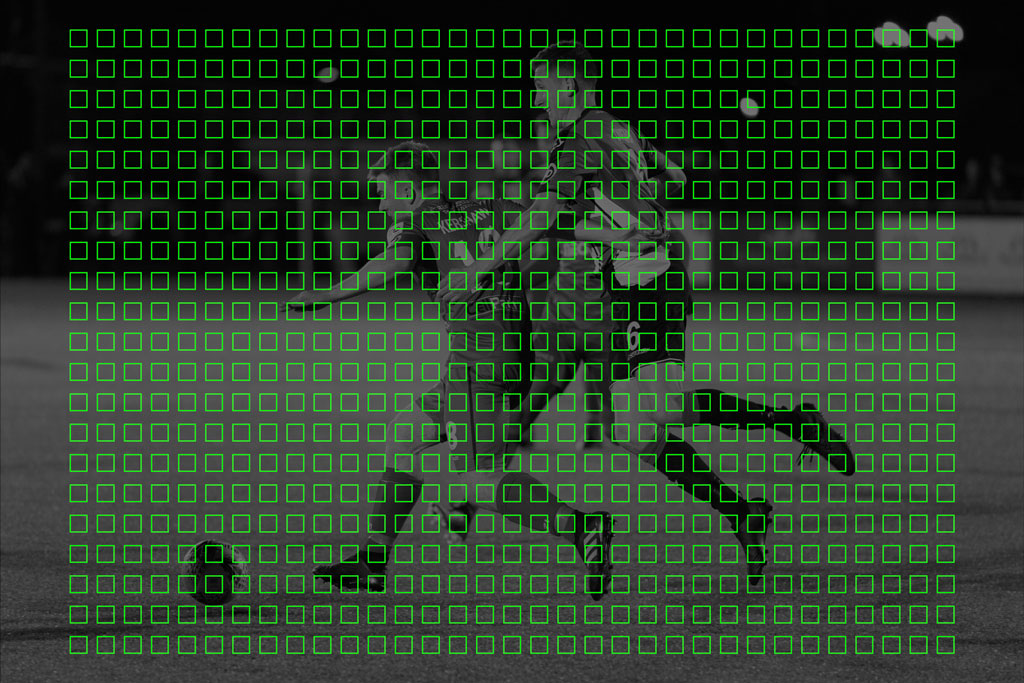
(74% coverage)
This also leads to an improvement in low light, giving photographers the ability to obtain EV -4.0 at an equivalent ISO 100 when using an F2 lens, an upgrade from the Sony a7R IV (-3EV with same aperture and ISO values).
When it comes to AI detecting a slew of subjects, there’s no better Sony camera than the a7R V. While the Sony a7R IV’s autofocus model could detect humans and animals, the newer camera is leaps and bounds in front by introducting a new phase of next-generation AI-based autofocus. Now users can select from Humans, Animals, Birds, Insects, Cars, Trains and Aeroplanes.
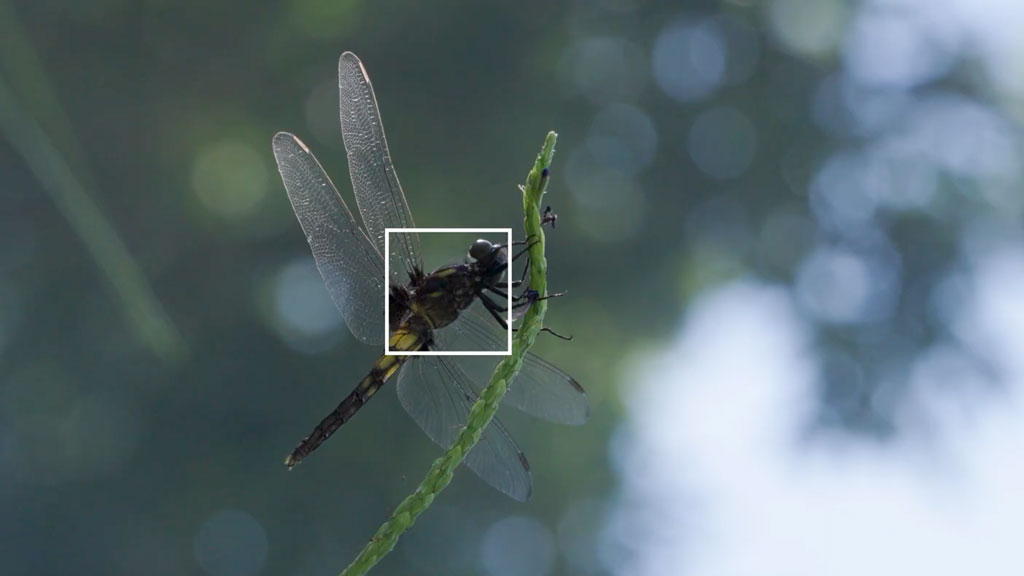
There are two major improvements surrounding Humans and Animals/Birds. When Human mode is selected, the camera will automatically track both the body and head, with real-time Eye AF performance improving by 60% thanks to human pose estimation technology. Animals have also seen an upward improvement of 40% as the new AI tech can detect small animals, heads and bodies while honing in on a bird’s eye.

Furthermore, the a7R V includes various settings to fine tune the performance of the subject detection mode. You can control how far the camera will search for a subject, and how sensitive it should be. You can also reduce the detection mode to only eyes and head, or just eyes. Another welcome improvement is the possibiliuty of combining animals and birds under one setting.
Note that all the type of subjects can be detected in both stills and video modes.
If that’s not enough, the Sony a7R V has added Full Time DMF, which allows users to rotate the focus ring to Manual Focus when working in S-AF or C-AF, making it faster when make quick corrections on different subjects.
Finally, a long waited addition is the ability to focus bracket up to 299 images while sequentially shifting the focus point while capturing – an ideal feature for macro users. The images can be stacked with the Imaging Edge software on your computer.
4. 8-Steps of Stabilisation on the Sony a7R IV
Still Image Stabilisation
There is a significant improvement in Stabilisation from the Sony a7R IV, which offers 5.5 steps, compared to the impressive 8-steps found on the Sony a7R V.
The updated 5-axis in-body image stabilisation provides the best results in combination with a high-performance gyro sensor. Together the two systems work with an optimised algorithm to achieve the 8-steps of compensation for photos (based on a CIPA standard). To put this into perspective, the a7R V camera can now detect a single blurry pixel and compensate the blur for the sharpest result!
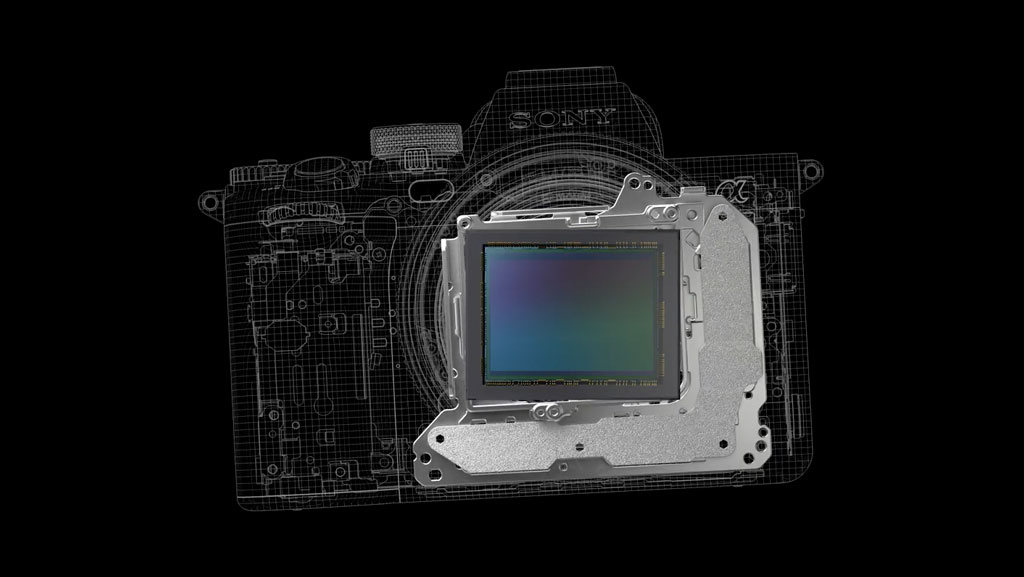
Video Stabilisation
Filmmakers can gain a significant advantage when filming handheld or via a gimbal with the Active mode, which crops the sensor sligthly but improves the performance by using the gyro sensor’s data. (Note that the Active mode doesn’t work when recording 8K).
The newly released stabilisation algorithm on the Sony a7R V ensures select OSS lenses gain better stable footage than before. These lenses include the 24-105mm F4, 70-200mm F2.8 GM, 100-400mm GM, and 200-600mm G, although to unlock this feature, you will need to update the lens software.
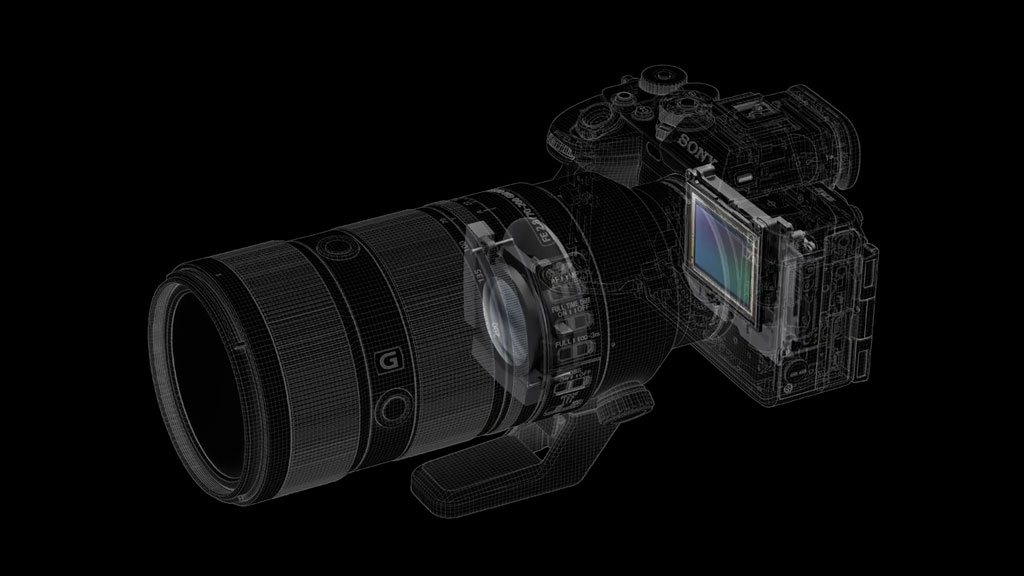
Additionally, you can use the camera’s gyro sensor data to stabilise your footage in post using the Sony Catalyst software. This works with 8K as well.
5. Movie Output
8K 24p/25p footage is the biggest seller on the Sony a7R V for filmmakers. There is a 1.24x crop, but the heat dissipation structure (same as the A7S III) allows users to record internally for a period of 30 minutes.
The highest output the Sony a7R IV has is 4K 30p. While 4K 30p is still pretty good, a7R V filmmakers can now explore the world at a higher maximum frame rate of 60p at the identical resolution, albeit with a 1.24x crop. Upt o 30p, there is no crop on either cameras.
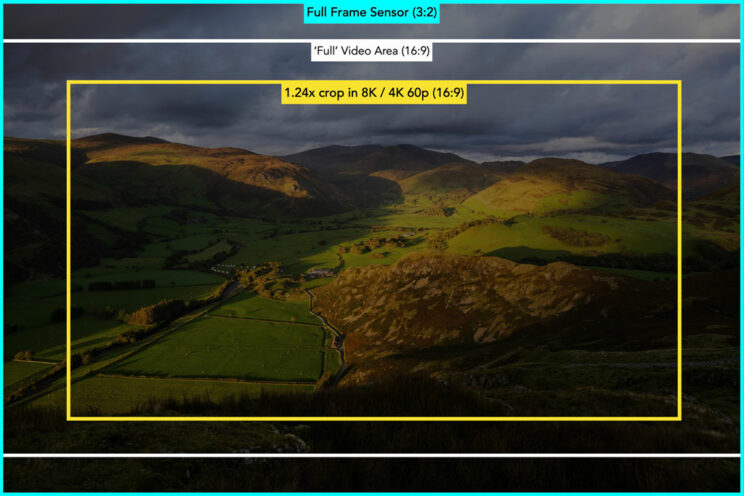
Other notable new features found on the Sony a7R V that weren’t included on the Sony a7R IV are:
- 10-bit 4:2:2 internal (10-bit 4:2:0 when recording 8K)
- All-Intra codec (except for 8K)
- 16Bit RAW Output (via HDMI)
- S-Cinetone profile
S-Log3 still remains an option for both cameras; however, the expansion of the picture profiles presents additional workflow options for filmmakers while maintaining 14+ stops of latitude.
The Sony a7R V also features a 4K 30p/25p/24p mode with 6.2K oversampling without pixel binning when shooting in Super35/APS-C crop, which lets users capture 2.6x more information than at 4K.
The a7R V gains a full size HDMI Type-A port, whereas the mark IV model uses the smaller Type-D port.
In addition to the 8K inclusion, Sony has added user functionality to assist filmmakers and cinematographers. These include AF Assist, Focus Map, Breathing Compensation and a Flexible Exposure Mode.

Plus, if you have ever filmed under LEDs or included a working monitor in the frame, there’s no doubt you would have experienced flicker when recording. The Sony a7R V has a feature to address this annoying issue: Anti-flicker shooting. The camera automatically detects flicker and adjusts to the appropriate shutter speed. There is also a manual option, the variable shutter, that allows you to adjust the shutter speed in very small increments.
Here is a table to recap all the main specs.
a7R IV
a7R V
8K 24/25p
–
1.24x crop
4K 50/60p
–
1.24x crop
4K 30p
Full frame / Super35*
Full frame / Super35*
Full HD
120p max.
120p max.
Profiles
S-Log3
HLG
S-Log3
S-Cinetone
HLG
Bit Depth
8-bit 4:2:0
10-bit 4:2:2
10-bit 4:2:0
8-bit 4:2:0
Max. Bitrate
100M
400M (8K)
600M (4K)
*Note: when recording 4K 30p in full frame mode, the two cameras do line-skipping, whereas in Super35 mode, they do oversampling.
6. Sony a7R V LCD and EVF Improvements
Regarding the screen comparison, the 3.2″ Sony a7R V’s LCD is far superior over the up and down movement presented by the 3.0″ Sony a7R IV LCD.
Now, with an additional slide movement, the new 4-axis multi-angle LCD monitor provides users with far greater angles to compose. It should satisfy both the photographers that like the tilting only mechanism, as well as those that prefer the multi-angle solution.
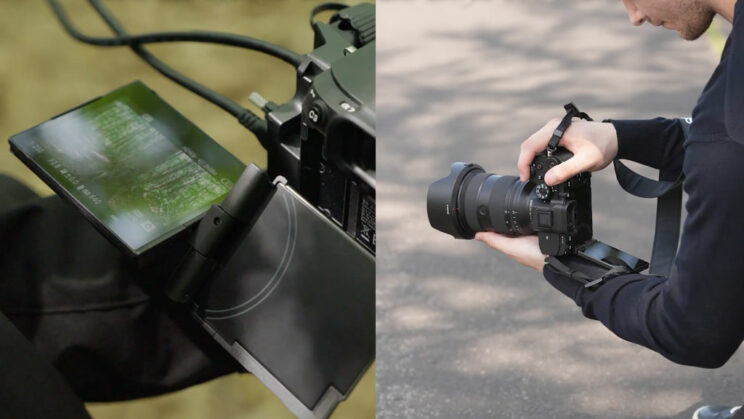
The resolution is slightly different: 2.1M dots for the new camera, and 2.36M dots for the predecessor.
Turning your attention to the viewfinder, there’s also a good improvement from the older model. There is currently only a few mirrorless camera on the market that offers a 9.44 million-dot QXGA OLED Electronic View Finder.
With this 0.64-type EVF, users obtain a 0.90x magnification with a 41° Field-of-view (diagonal) and a 25mm eye-point. The refresh rate goes up 240Hz. It is the same EVF found on the flagship A1.
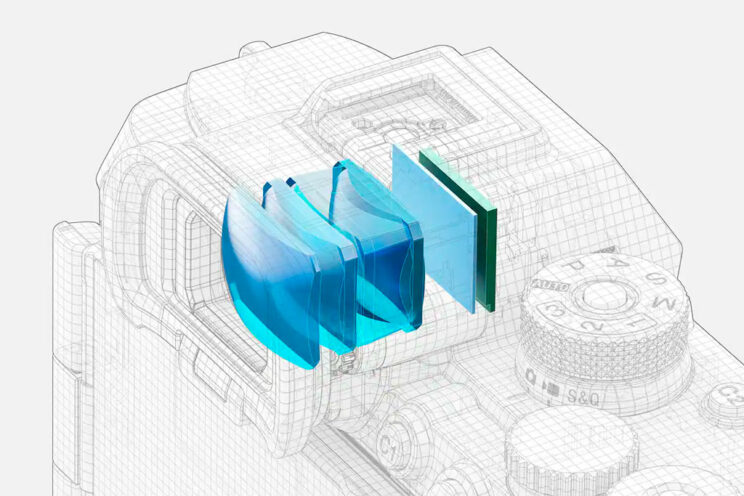
The a7R IV has a decent viewfinder still. Even if it doesn’t matches the same class-leading specs, you get a 0.5-in OLED 5.76M dots, a smaller magnification of 0.78x and a 23mm eyepoint. The frame rate goes up to 120fps.
7. Operability Differences
The Sony a7R IV and Sony a7R V are similar in manufacturing but different in functionality.
Take, for instance, the Touch Control. Upon picking up both models, you’ll notice a responsive operation is standard – touch, pinch and swipe; however, the a7R V inherits the latest menu system found in the A1, A7S III or A7 IV that can be entirely used with the touch LCD. The Function menu can also be easily accessible by swiping up and making navigation a breeze.
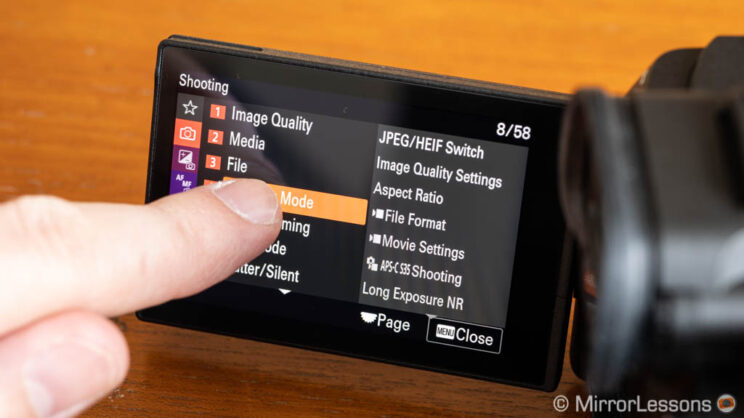
On the back of the Sony a7R V body, there’s a considerable addition to a dedicated mode dial. Now users can select from Still, Move, and S&Q modes, just like the a7 IV.
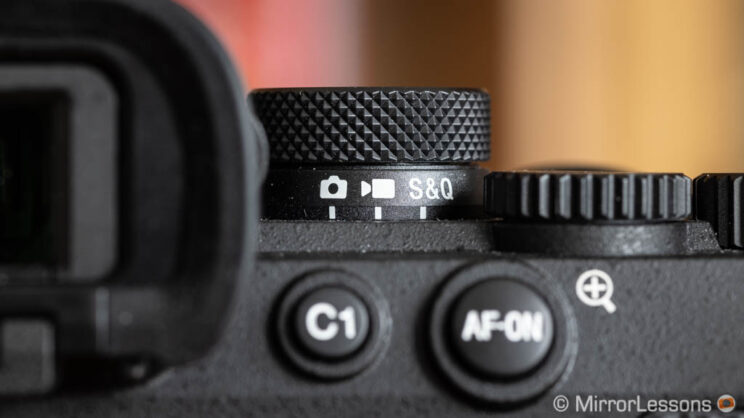
Flash users will love the new camera’s ability to separate ISO and shutter speed settings when a strobe is being used, making it easy to switch between natural light and flash light shooting.
While on the subject of operation, it’s worth mentioning a stand-out feature on the Sony a7R V – the new anti-dust system that closes the shutter when the camera is off, a setting void on the a7R IV. This new system starts a 70,000 cycle per second to remove dust and particles from the imaging sensor effectively. The close shutter function minimises artefacts appearing on the sensor when the camera isn’t in use.
The mark V model is slightly larger than the its predecessor, and sligthly heavier. Both offer dust and moisture resistance.
- a7R IV: 128.9 x 96.4 x 77.5 mm, 665g
- a7R V: 131.3 x 96.9 x 82.4 mm, 723g
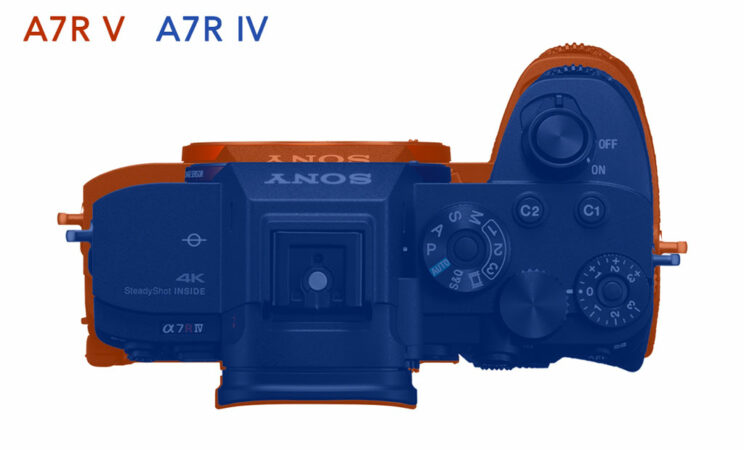
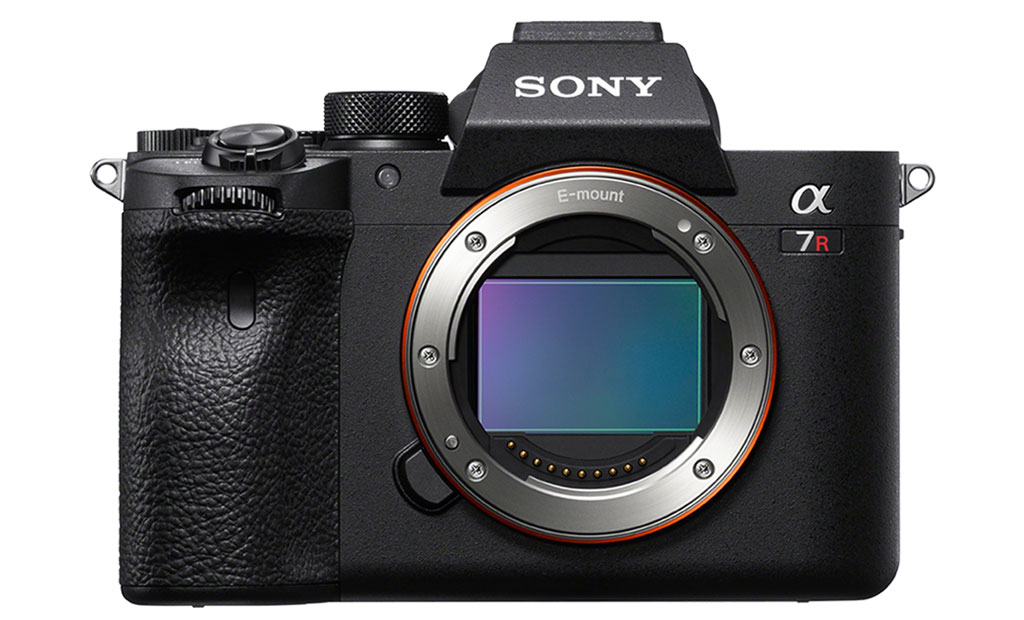
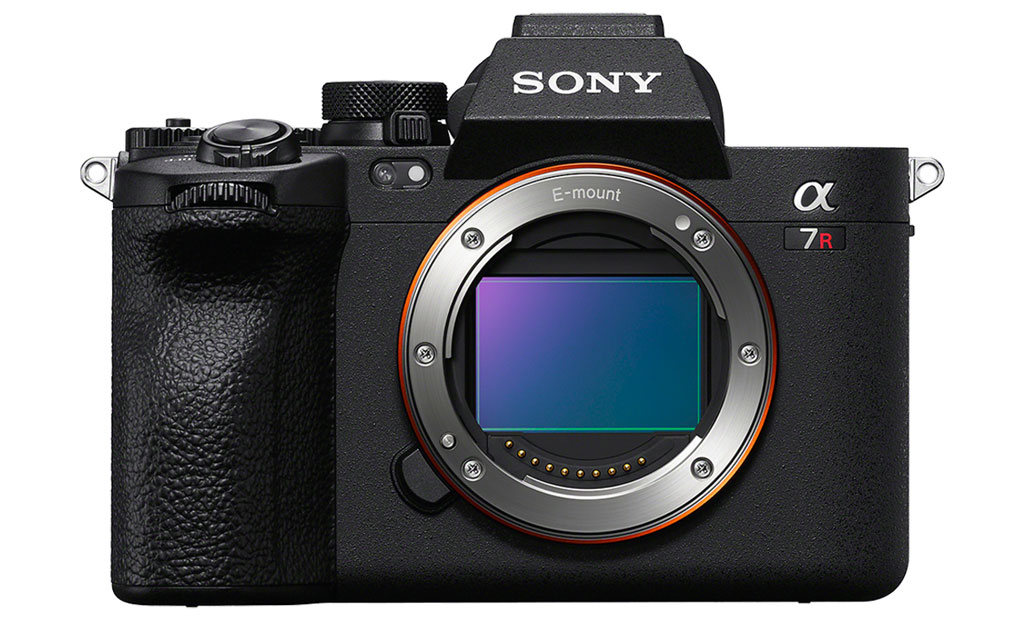
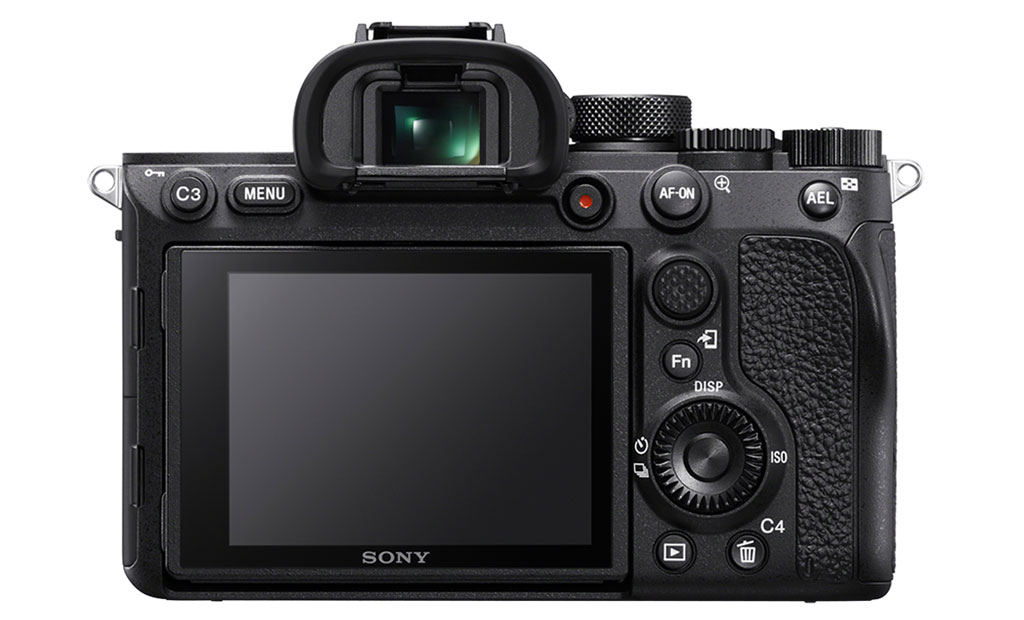
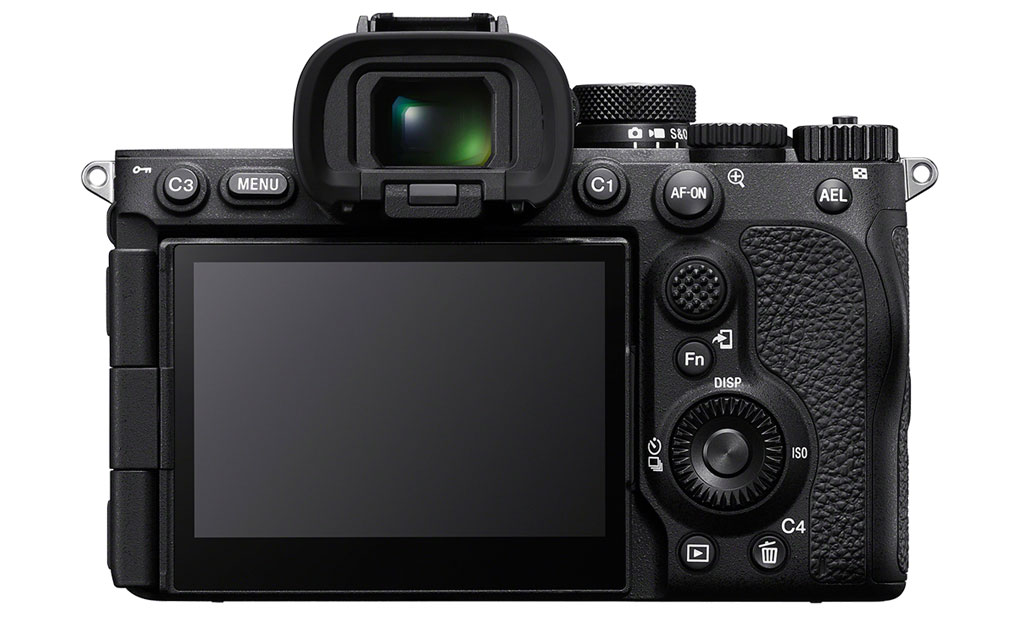
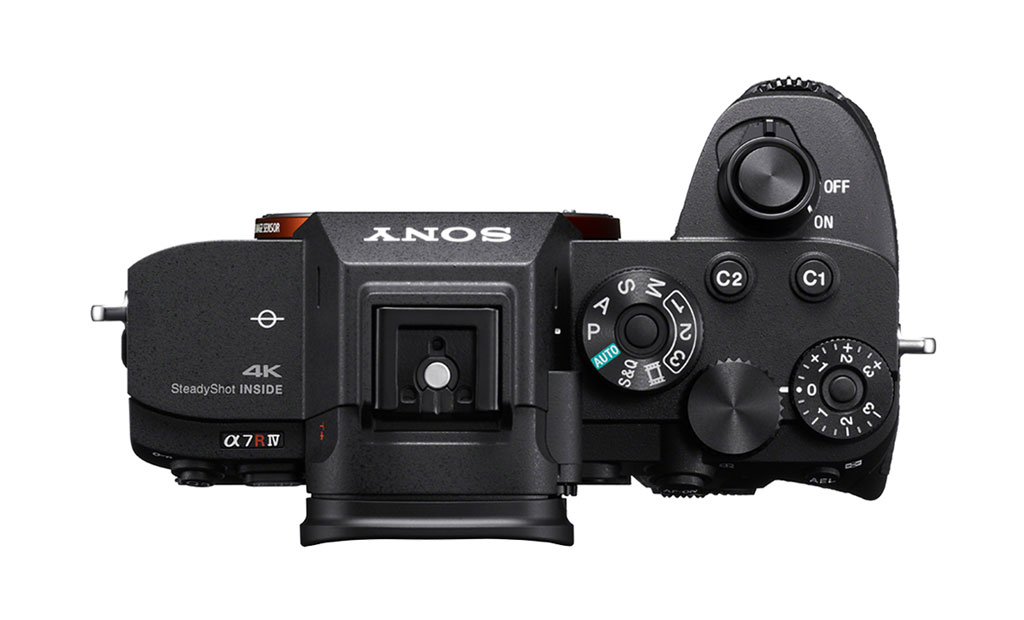

8. Storage Capability and Drive Speed
Photographers and filmmakers will no doubt find a greater use with the addition of two CFexpress Type A compatible slots on the Sony a7R V. Now, pros and enthusiasts can take advantage of the superior reading and writing speed, using compatible CFexpress cards from Sony, ProGrade, Angelbird or the likes.
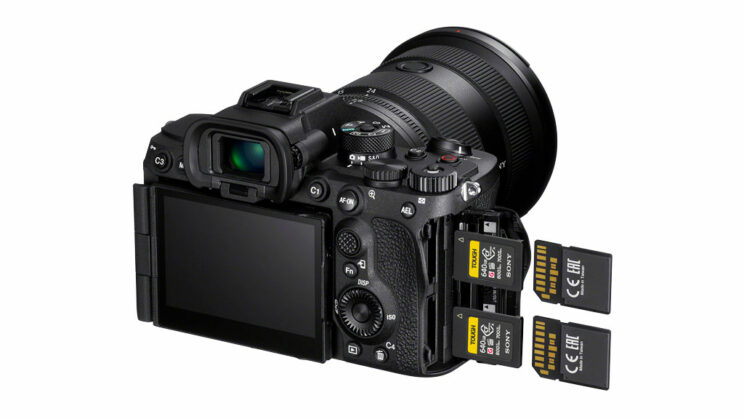
One clear advantage comes with buffer: the a7R V can shoot 1,000 JPGs or 583 compressed RAW at 10fps.
Note that when selecting lossless compressed RAW, the frame rate drops to around 7fps.
The a7R IV has two SD UHS-II card slots, and the same maximum speed of 10fps when shooting compressed RAW or JPG. However the buffer is much lower : 70 frames with either file format.
9. Connectivity and Workflow Improvements
The Sony a7R V now has four dedicated ways of workflow, which include:
- Live Stream (USB Streaming)
- Image Transfer (MSC)
- Image Transfer (MTP)
- Remote Shoot (PC Remote)
Each of these connection modes uses a different cable or wireless functionality, which differs vastly from the Sony a7R IV. As you may know, both cameras have Wi-Fi and Bluetooth; however, 2×2 MIMO (2T2R) is added to the a7R V that offers twice the communication speed as the Sony a7R IV. This works via two dedicated antennas, which establish up to two streams of data with the receiving device, hence why it is twice as fast.
If wireless isn’t going to work for you, then the a7R V also has wired LAN and SuperSpeed USB. Establishing a connection via a commercially available 1000BASE-Ethernet USB-LAN adaptor is easy as it provides one of the fastest ways of transferring large amounts of data through a cable interface. If that’s not an option, though, there’s the ability to connect via a USB 3.2 Gen2 port that will offer 10Gbps, a speed that the Sony a7R IV doesn’t offer (it’s 5Gbps).
For those working in the studio, a remote tethered shooting option has been added to the Sony a7R V, which offers various advantages for those using the Imaging Edge Desktop App (either remotely or tethered). And finally, if you prefer FTP for batch processing, archives or upload, then the a7R V will provide 2×2 MIMO to support (which is 1.2x faster than wired LAN transfers).
10. Price
The new a7R V costs $3900, £4000 or €4500. Note that the price has increased in comparison to that of the mark IV model when launched three years ago.
Today, the a7R IV (A variant) is of course less expensive and can be found for $3000, £3200 or €3800.
Note: prices as of October 2022.
Final Thoughts
Other Sony A7R V Comparisons
A7R V vs A7 IV
There certainly is a lot to unpack regarding what the newer a7R V provides over the Sony a7R IV.
Put simply, the Sony a7R V is the best option if you’re looking for high resolution in still and video. The 61MP sensor and the 8K video output is a unique combination among full frame mirrorless cameras.
The vastly improved autofocus system, the stunning viewfinder, the 4-axis rear LCD and the ability to use CFexpress cards could appeal wildlife photographers, or even sports photographers that need to work with smaller files but like to have the high resolution at hand when needed.
That said, the burst speed remains unchanged (10fps) and, while the new AI autofocus looks impressive, I’ll be curious to see how it compares to the stunning speed (AF and Drive) of the A1 and A9 series.
If you mainly shoot landscape or still life however, I suspect you will be less tempted by the new, also considering the higher price in comparison to the predecessor.
Check the price of the Sony a7R V on
B&H Photo
Check price of the Sony a7R IV on
Amazon | Amazon UK | B&H Photo | eBay
